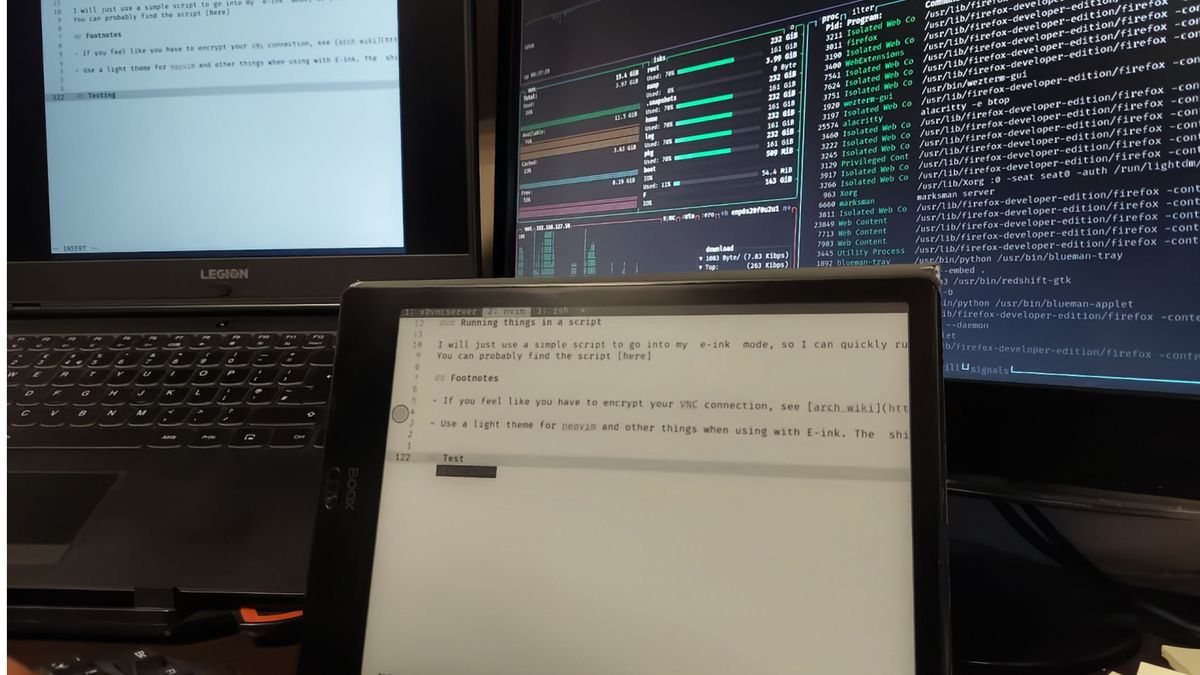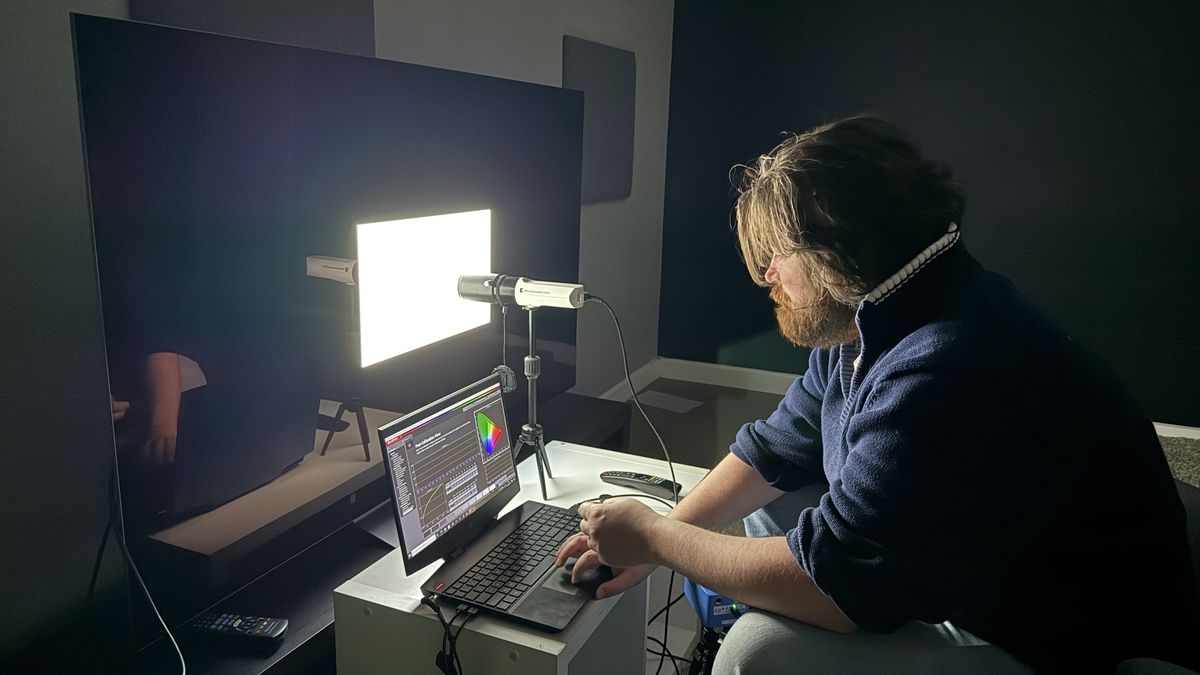The future of brain-computer interface (BCI) technology is looking bright. Scientists have just reported the first in-human recording from a novel wireless BCI device that could possibly help people with stroke communicate independently again.
Researchers at the University of Michigan performed the feat on May 14, using the Connexus BCI device developed by the company Paradromics. The device was temporarily implanted into the brain of a person living with epilepsy. Paradromics is now planning to conduct clinical trials of the device later this year.
The U-M research team, led by neurosurgeon Matthew Willsey, is working on a project to better understand how epilepsy affects the brain’s signaling. They partnered with Paradromics, one of several companies vying to pioneer the next generation of BCI technology (a list that also includes Elon Musk’s Neuralink), to use its experimental Connexus device.
According to Willsey, the device offers several advantages over existing BCI systems. For instance, it’s tiny (no smaller than a dime) yet contains over 400 microelectrodes that act as sensors, allowing the researchers to capture plenty of information from the brain. For context, the team has previously worked with BCI devices only outfitted with around 100 sensors.
The Connexus is designed to send this information to a transceiver implanted in the chest, but unlike most existing BCI implants, it would also allow users to operate compatible computer devices without physical attachments. This also means that the device should be fully implantable, ideally providing its users more freedom.
“I’m excited that the system itself has the potential to be a high-capacity recording system that could one day expand the functionality of present-day BCIs,” Willsey told Gizmodo. “Furthermore, the system implanted in the body communicates wirelessly with the system outside the body so that there are no wires that run through the skin.”
The team implanted the Connexus in a volunteer already set to receive a temporal lobectomy, a surgery that removes parts of the brain causing chronic seizures. It was then safely removed fully intact less than 20 minutes later, though not before it had recorded signals from the patient’s brain. The researchers are still analyzing this data, but they’re certainly optimistic about the device’s future.
“This could lead to its eventual use as a high-performance BCI and could also lead to downstream clinical trials,” Willsey said.
Paradromics announced in March that the first of these trials is expected to occur in late 2025, provided they receive the go-ahead from regulators. The company plans to initially test whether the Connexus can restore communication through digital devices in people with speech impairment caused by amyotrophic lateral sclerosis, stroke, or severe spinal cord injuries. They’re hoping that the device can have applications for mental health or chronic pain as well.
The U-M team is also working with other BCI devices that look to go beyond the limitations of current technology. In January, for instance, they published research showing how their high-performance BCI device allowed a paralyzed man to fly a virtual drone with only his thoughts, and with much greater accuracy than other, non-invasive systems. With any luck, these devices, while still experimental, will someday provide many people a new lease on life.









 English (US) ·
English (US) ·